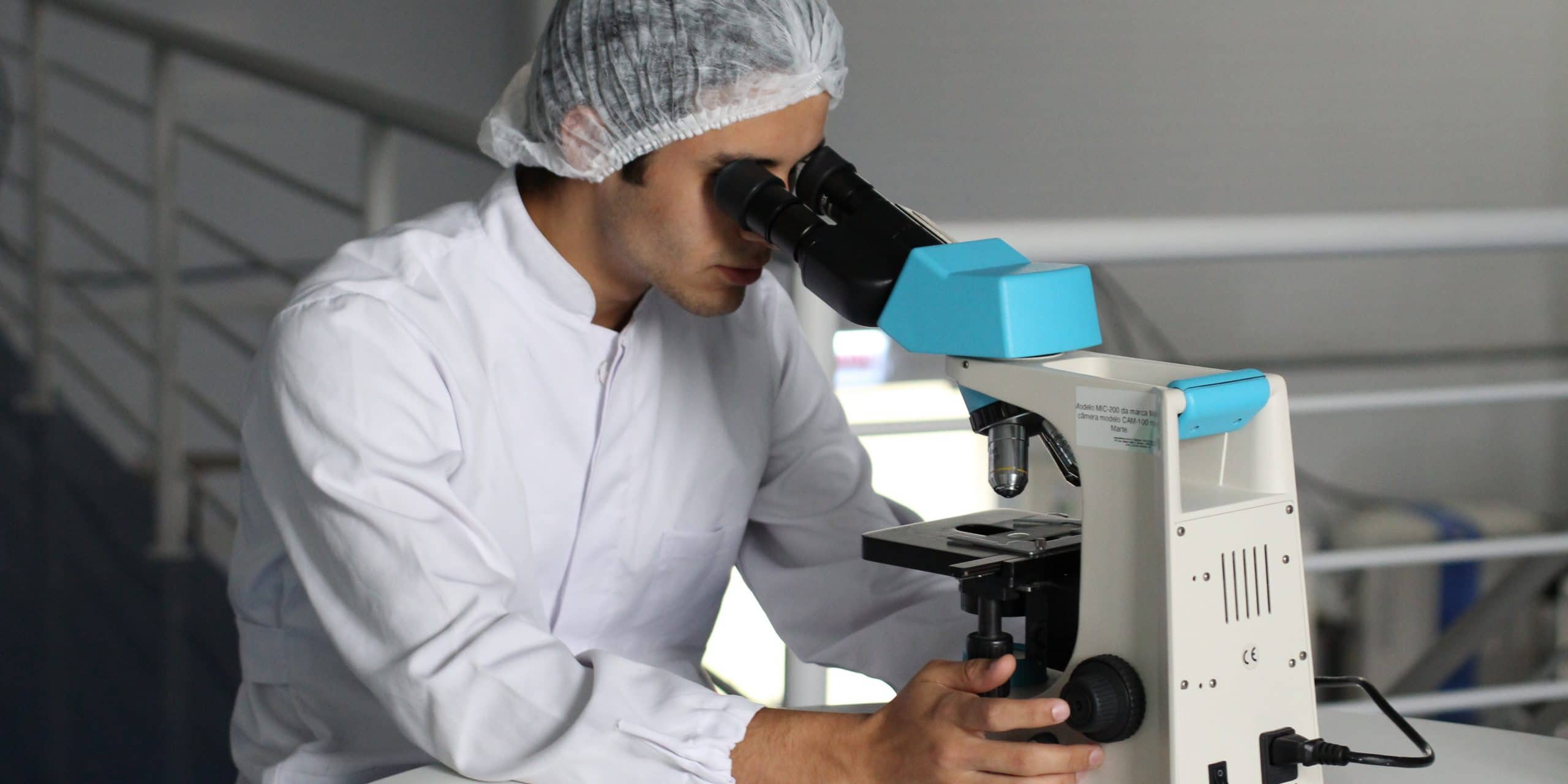UNIQUE PROPERTIES OF HAIR FOLLICLE STEM CELLS
If the scientific community is so concerned about the hair follicle, it is of course in order to develop increasingly effective treatments for alopecia. But it's also for other reasons, which have to do with the unique properties of its stem cells.
Their regenerative capacity, pluripotent nature and high proliferation potential are of great interest to researchers. In the not-too-distant future, they could be transplanted into other organs, making them a major therapeutic tool in reconstructive surgery (burns, deep wounds, etc.). If the results obtained in mice prove to be transposable to humans, such transplants could promote recovery from peripheral nerve damage [1], or even certain traumatic spinal cord injuries [2].
The use of these pluripotent cells has many advantages: they are easily accessible, there is no risk of them becoming carcinogenic and their medical use, unlike that of embryonic cells, poses no ethical problems.
By studying the renewal mechanism of the hair follicle, cancer research hopes to gain a better understanding of how our cells develop and why, at the very first stage of cancer development, some of these cells suddenly start to proliferate anarchically, with their inhibitors or growth regulators unable to manage them, whereas they do the job completely in the case of a healthy follicle [3].
Sources:[1] The advantages of hair follicle pluripotent stem cells over embryonic stem cells and induced pluripotent stem cells for regenerative medicine - Pubmed, 2010 [2] Isolation and culture of hair follicle pluripotent stem (hfPS) cells and their use for nerve and spinal cord regeneration- Pubmed 2010 [3] Live imaging of stem cell and progeny behaviour in physiological hair-follicle regeneration - Pubmed 2012
Back to How the hair follicle works

